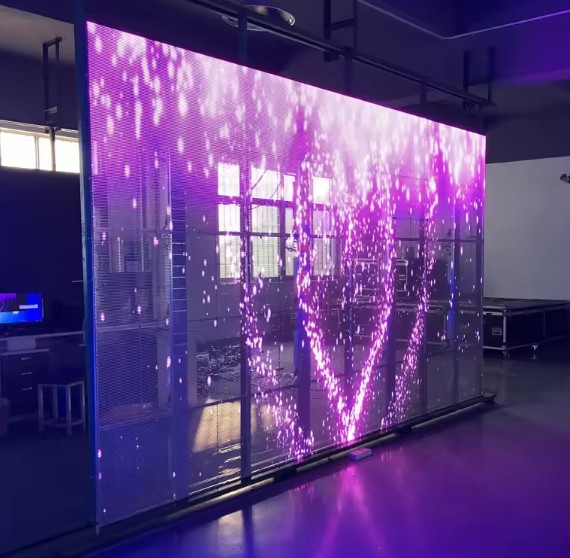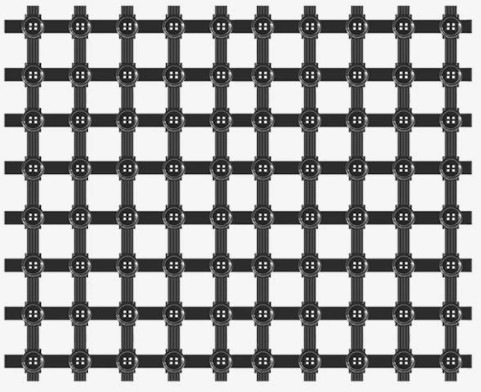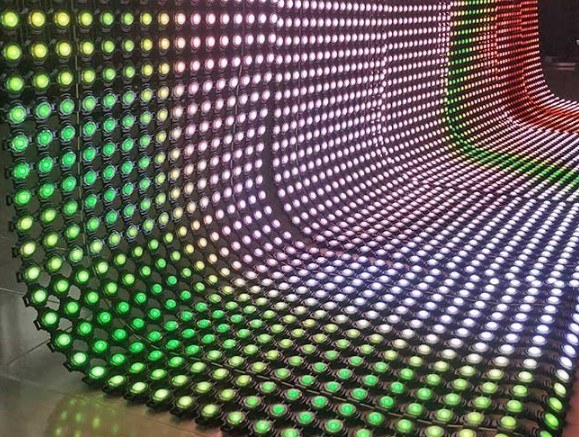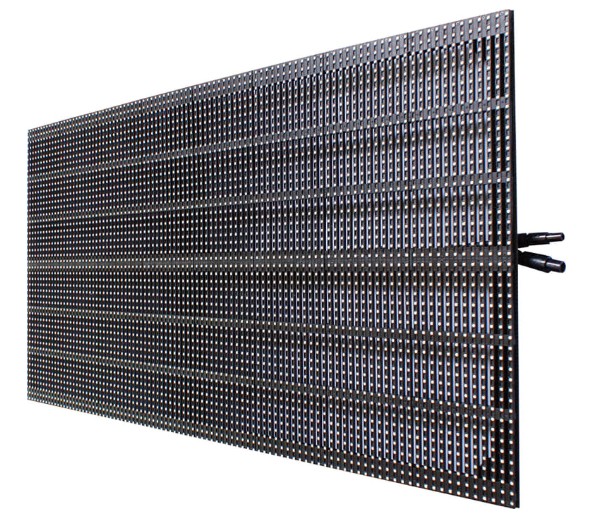The world of digital signage is constantly evolving, and one of the most exciting innovations in recent years is the mesh LED display. Known for its lightweight structure and semi-transparent design, this type of display has become a preferred solution for architects, event organizers, and advertisers seeking both visual impact and functional flexibility. In this article, we’ll explore what mesh LED displays are, their key features and benefits, common applications, notable products, and guidance on how to choose the right solution for your project.

A mesh LED display is a type of LED screen made with a grid-like structure that allows air and light to pass through. Unlike traditional LED screens that form a solid surface, mesh displays are designed with spaces between LED strips, creating a see-through effect. This unique structure makes them lighter, more wind-resistant, and adaptable for large-scale installations such as building facades and stage backdrops.

As industry experts often emphasize, the true value of mesh LED displays lies in their distinctive set of features that address practical installation needs while delivering stunning visuals:
These advantages make mesh LED displays a go-to choice when balancing aesthetics, performance, and structural considerations.
As one industry insider put it, mesh LED displays open up endless creative possibilities across multiple sectors, thanks to their unique balance of form and function. Common applications include:

Exploring different mesh LED products can help you understand what options are available and what might fit your project needs. Here are some widely recognized solutions, summarized to highlight their features and typical applications:
| Brand | Product / Series | Key Features | Typical Applications |
| LG | GMBD Series (e.g., GMBD035, GMBD040) | Flexible modules, 35–40 mm pixel pitch, high brightness (up to 7,500 nits), IP66 rating, lightweight | Architectural facades, outdoor media walls, creative installations needing transparency and large-scale visuals |
| Planar | CarbonLight CLM Series | Thin and lightweight, pixel pitches around 5.9–10.4 mm, IP65 outdoor rating, modular | Stage backdrops, indoor/outdoor signage, retail and event installations requiring transparency and minimal weight |
| NanoLumens | CLR / CLRVU Series | Transparent/mesh design, pixel pitches 10–25 mm, high brightness (≥3,000 nits), front/rear serviceability, long lifetime | Atriums, facades, retail spaces, high-end architectural applications requiring both transparency and scalable size |
“These products demonstrate how mesh LED technology can balance brightness, transparency, and structural flexibility to fit different project requirements.”

Planar CLM6.2 Mesh LED display
By looking at these examples, you can gauge what features are most relevant for your project—whether you prioritize outdoor durability, indoor transparency, or flexible installation.
Selecting the right mesh LED display requires careful consideration of several factors to ensure optimal performance and visual impact:
Considering these factors will help you choose a mesh LED display that aligns with both your visual goals and structural constraints.
Mesh LED displays represent the perfect combination of design freedom, energy efficiency, and high-impact visuals. Whether used for building facades, event stages, or retail spaces, they offer unmatched flexibility compared to traditional LED solutions. As leading brands continue to innovate, we can expect mesh LED displays to play an even greater role in shaping the future of architectural design and digital communication.